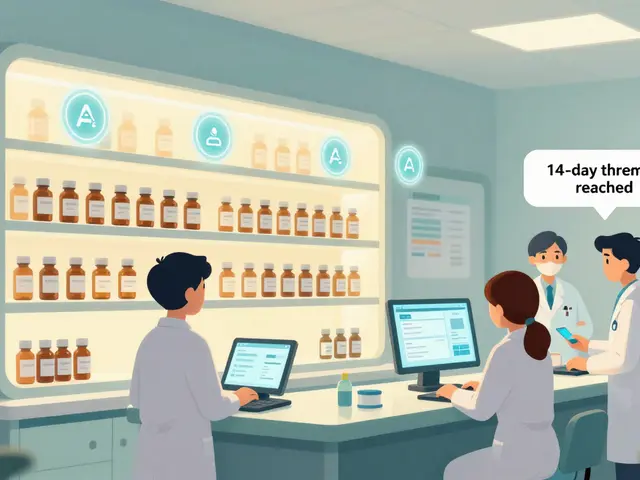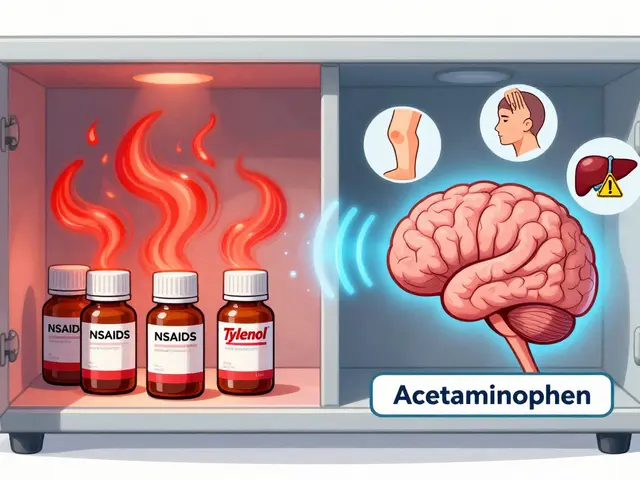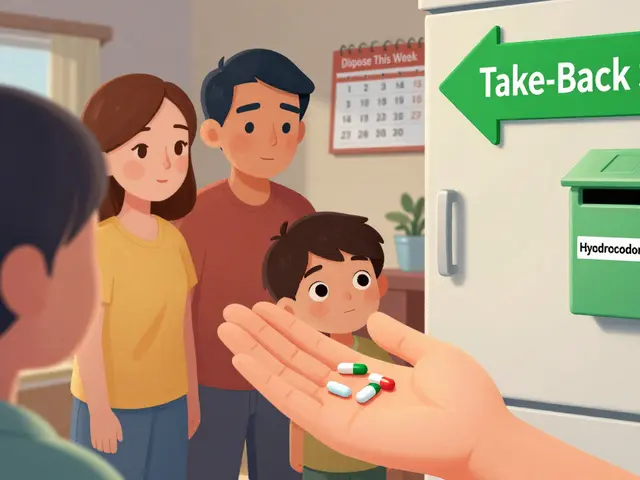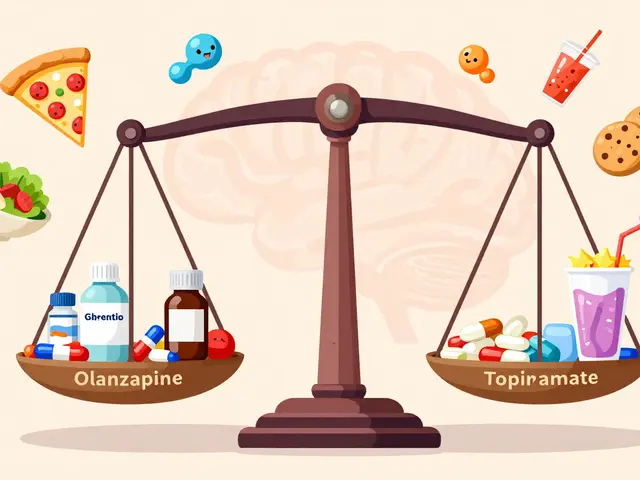DHT: What It Is and Why You Should Care
DHT (dihydrotestosterone) is a hormone made from testosterone. It helps shape male development, but it’s also the main driver behind male-pattern hair loss and can influence prostate growth. If you’re noticing a receding hairline, thinning crown, or prostate symptoms, DHT is often involved.
How DHT Affects Hair and Prostate
Hair follicles are sensitive to DHT. In genetic hair loss, DHT shortens the growth phase of the hair cycle and miniaturizes follicles so hairs become thinner and shorter. That’s why a person can go from full hair to visible thinning over years. For the prostate, DHT stimulates tissue growth. That’s part of why benign prostatic hyperplasia (BPH) tends to develop as men age.
Not everyone reacts the same. Two key factors matter: how much DHT your body makes and how your hair follicles respond. That’s why family history often predicts hair loss risk better than hormone levels alone.
Practical Ways to Check and Lower DHT
Want to know your DHT status? Blood tests can measure DHT but they’re not always decisive for hair loss decisions. A dermatology or urology visit that includes history and scalp exam often gives more useful guidance.
Medications that lower DHT are the most reliable option. Finasteride blocks the enzyme 5-alpha-reductase type II and usually reduces DHT significantly; dutasteride blocks both type I and II and cuts DHT even more. These drugs can slow or stop hair loss and help shrink an enlarged prostate. Talk with your doctor about benefits and side effects—sexual side effects and mood changes are possible for a small number of users.
Topical options and non-hormonal treatments exist too. Minoxidil doesn’t change DHT but supports hair growth by lengthening the growth phase. Some clinics offer topical finasteride or combination products that aim to reduce systemic exposure while treating the scalp.
If you prefer natural approaches, a few supplements like saw palmetto or pumpkin seed oil show limited evidence of lowering DHT or improving hair. Lifestyle steps—maintaining healthy body weight, managing stress, and eating a protein-rich diet—can help hair health but won’t replace medical treatment if DHT-driven loss is advanced.
Before you take anything, read the label and talk to a clinician. Over-the-counter remedies vary widely in quality and some interact with other drugs.
Want deeper reading? Check our articles on androgen receptor gene variants and early hair loss in athletes, plus practical guides on treatment choices and alternatives. If hair loss or prostate symptoms bother you, start with a simple clinic visit—get a clear diagnosis and a plan that fits your goals.

High-Intensity Training, DHT, and Hormonal Shifts: How Weightlifting and Endurance Sports Shape Your Body
Diving deep into the connection between high-intensity training, DHT levels, and hormonal changes, this guide uncovers how weightlifting and endurance sports impact your hormones. Find out what actually happens inside your body during these workouts, why DHT matters, and the practical tips to balance fitness gains with your health. Whether you're a hardcore lifter or a long-distance runner, these insights make sense of the science in everyday terms. Discover surprising links to hair loss and solutions for athletes. Skip the jargon—get the facts that make a difference.
view more




